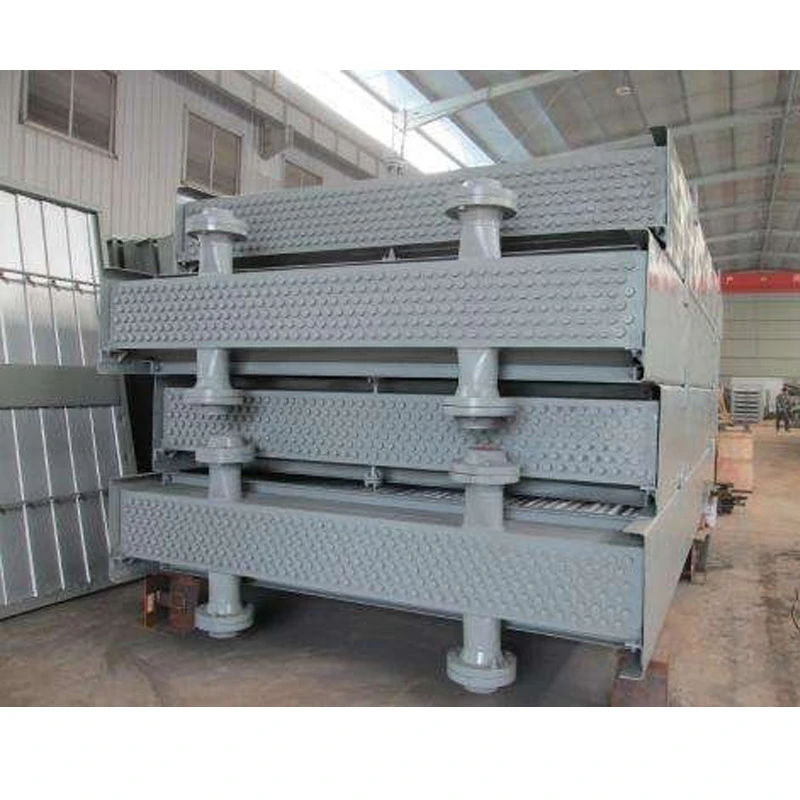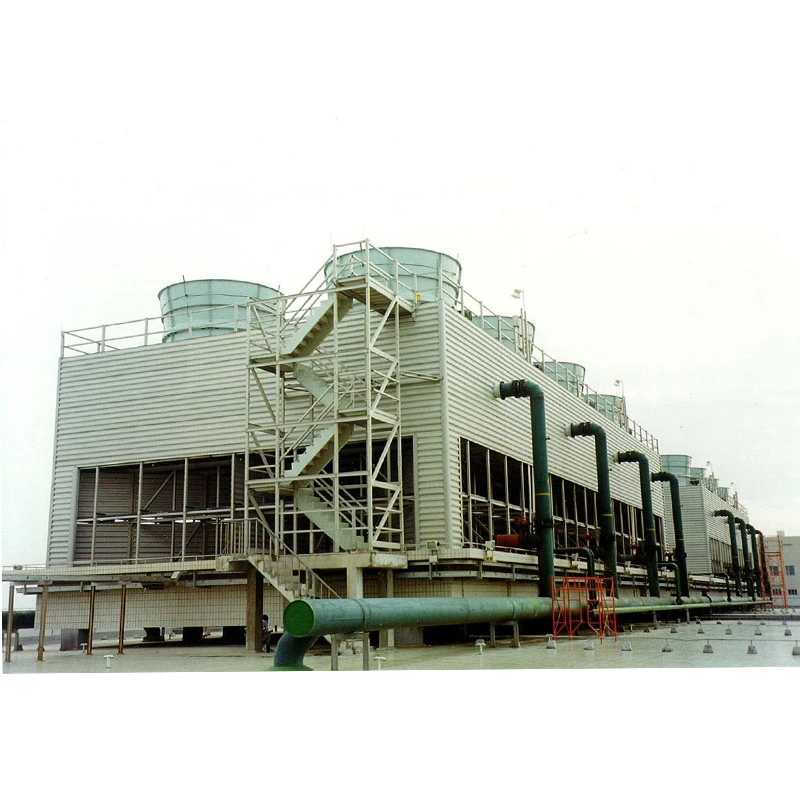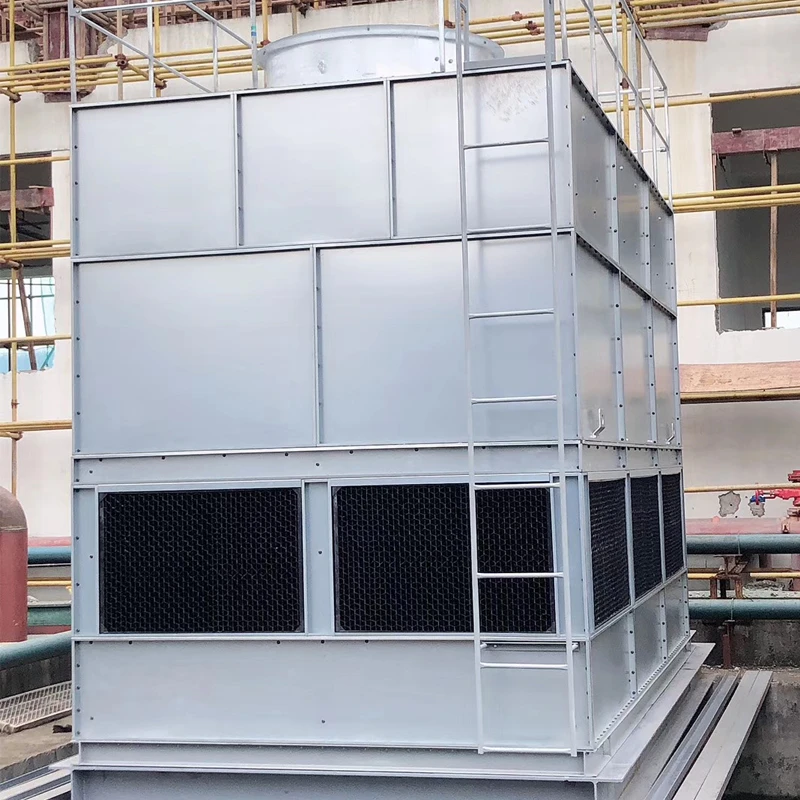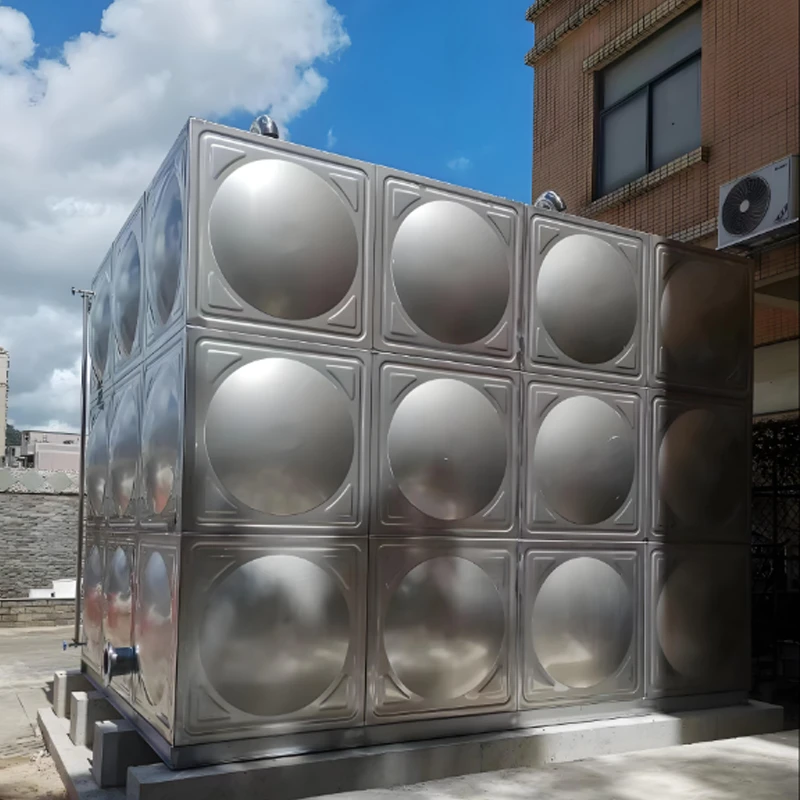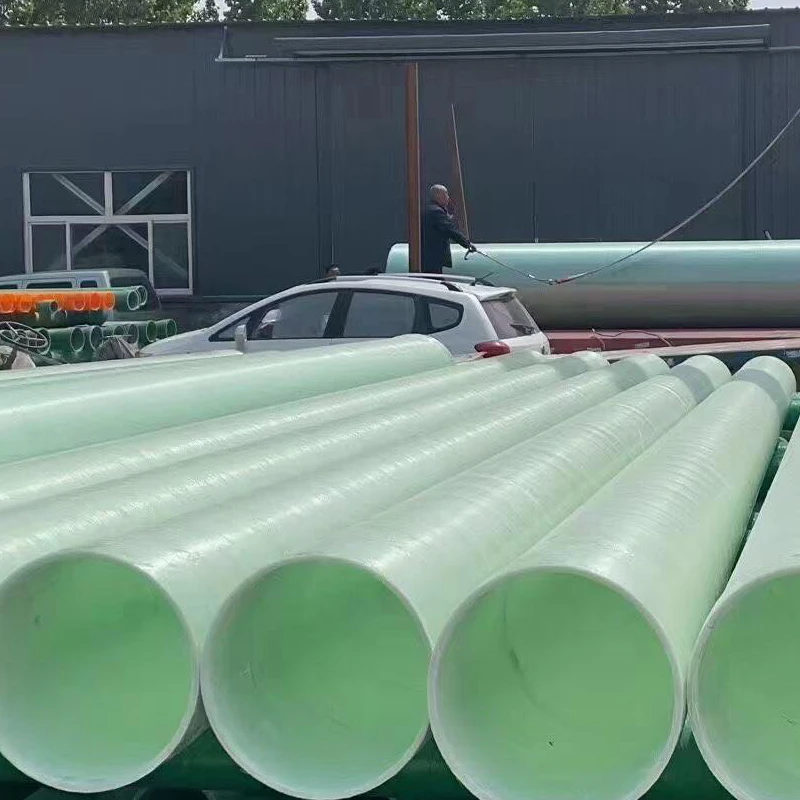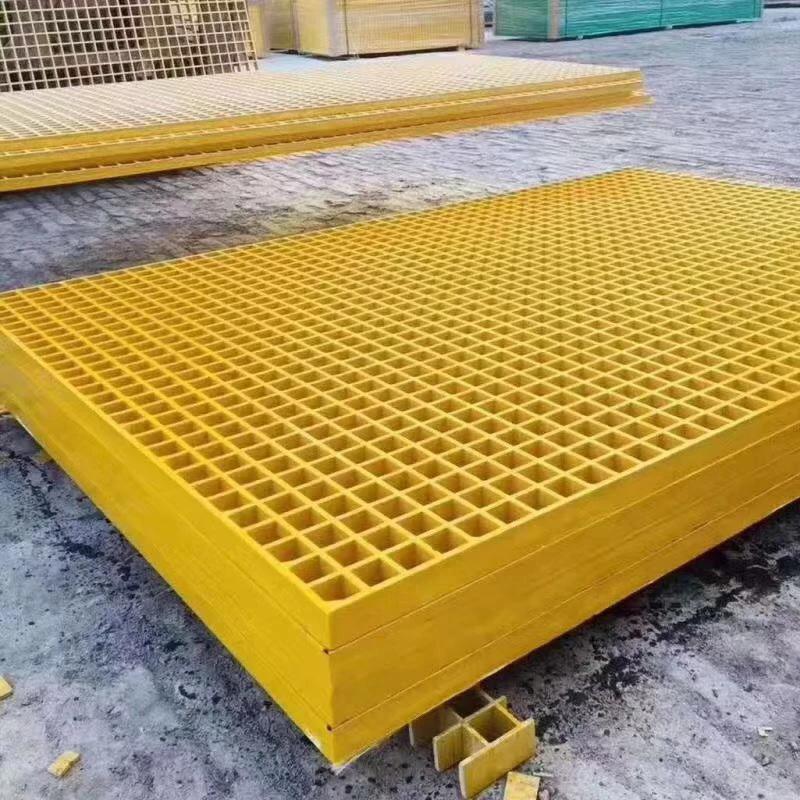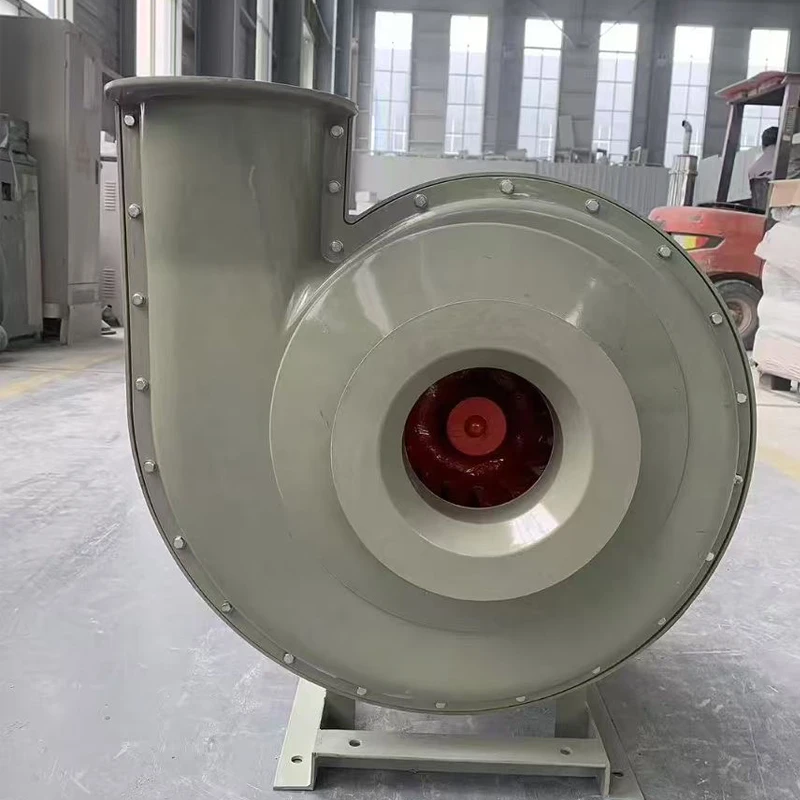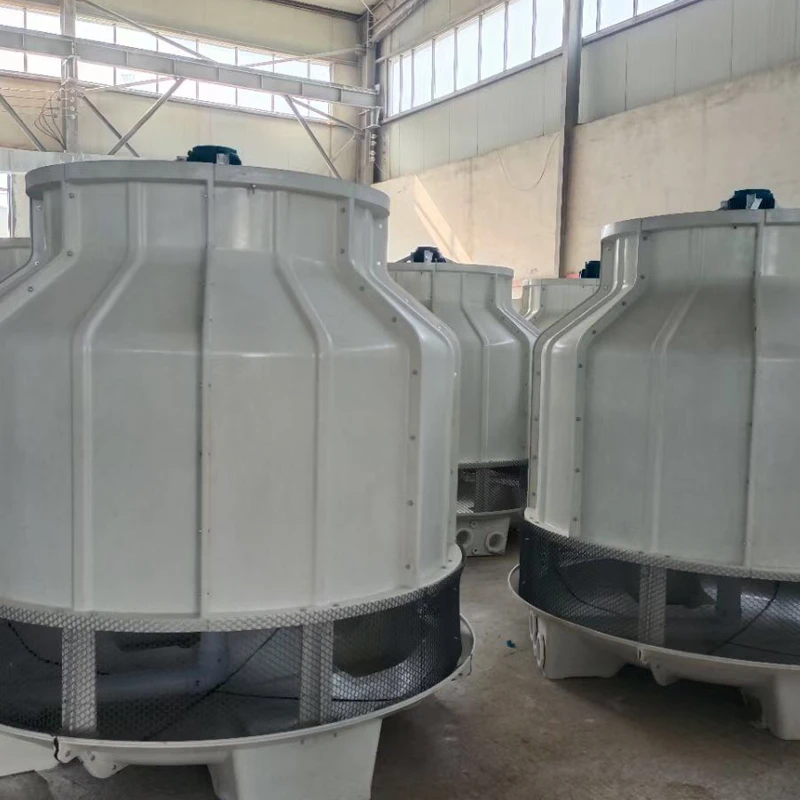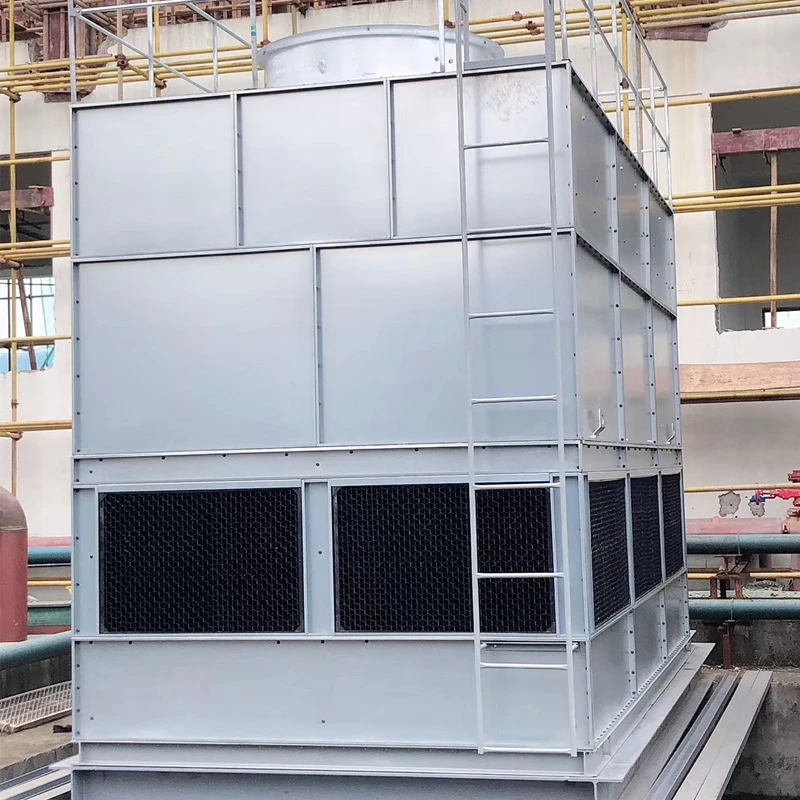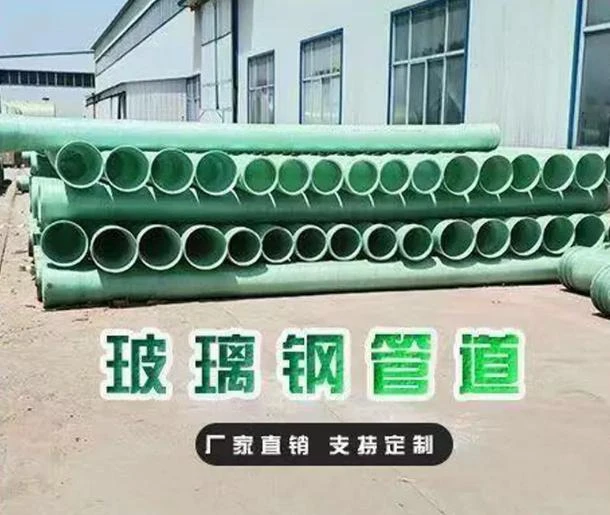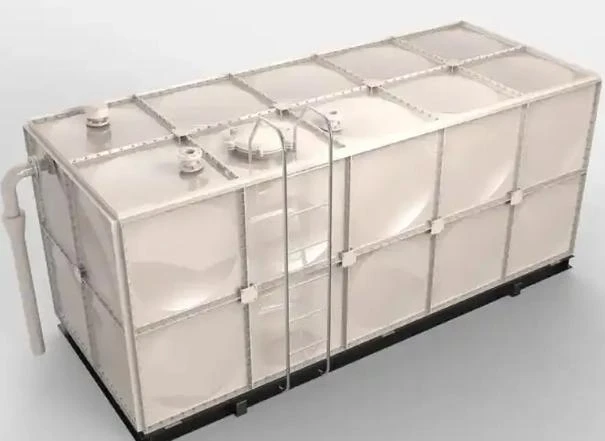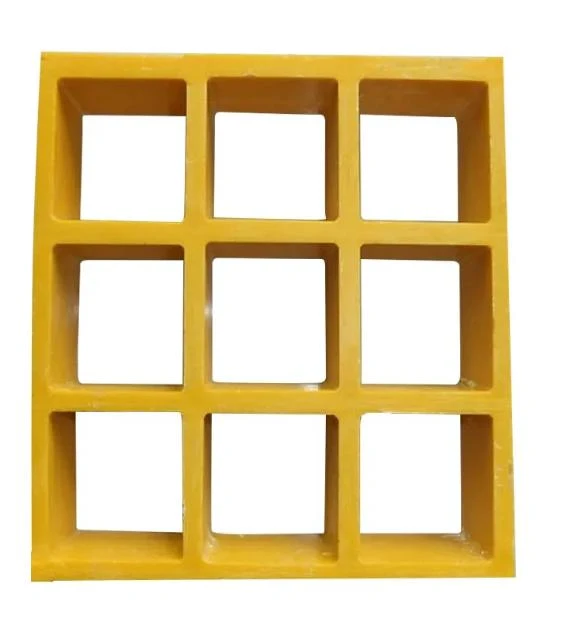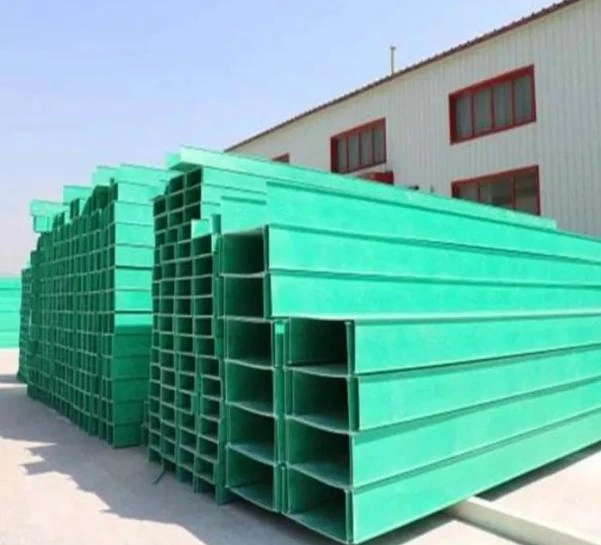

We Are Open 24 Hours a Day, 7 Days a Week, Including Weekends and Public Holidays.
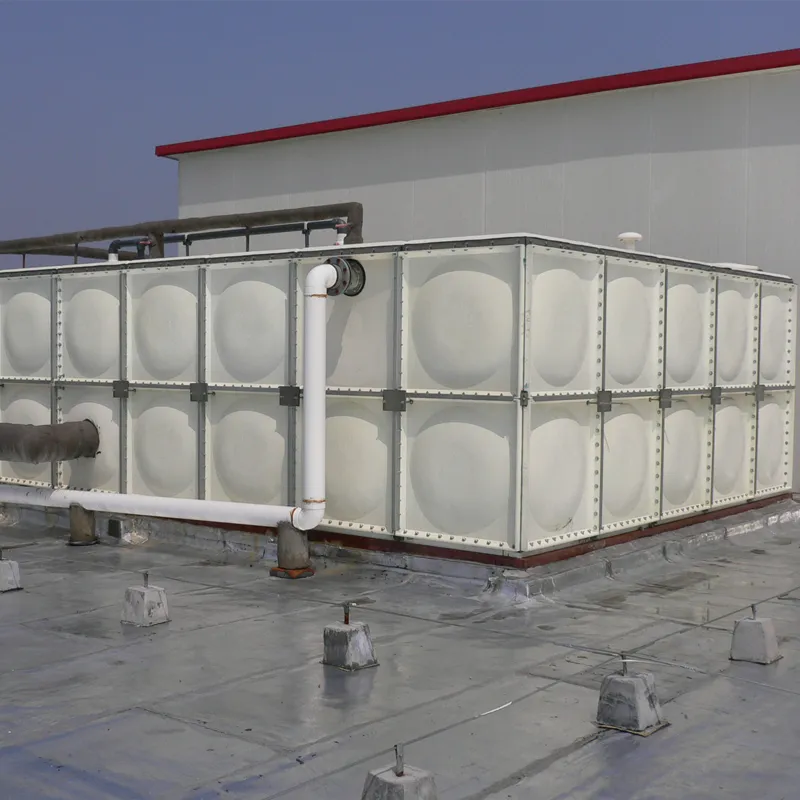
The evolution of frp sectional water tank technology has significantly transformed liquid storage solutions for diverse sectors including petrochemicals, metallurgy, water supply & drainage, and more. Combining outstanding anti-corrosive properties, modular customization, lightweight construction, and regulatory compliance, FRP (Fiberglass Reinforced Plastic) water tanks have emerged as the industry gold standard.
Key Phrases: frp sectional water tank, frp tank sizes, pp frp tanks, frp water tank manufacturer, frp water tank price
1. Industry Overview & Trends in FRP Sectional Water Tank Segment
According to Market Research Future, the FRP tank market is projected to grow at a CAGR of 6.5% from 2022 to 2028, driven by increasing demand for anti-corrosive and lightweight storage solutions across industries. Specifically, the modularity of the frp sectional water tank is ideal for on-site assembly, cost optimization, and scalable water management, which is witnessing adoption in over 70 countries globally.

- Rising urbanization amplifies demand for large-scale, hygienic water storages.
- Strict environmental standards (ISO 9001, ISO 12485, ANSI/AWWA D121) fuel the shift from steel to FRP/PP-FRP solutions.
- Growing adoption of custom frp tank sizes for specialized industrial requirements.
- Investment in automation — CNC machining and precision casting — enhances consistency and weld integrity in tank manufacturing.
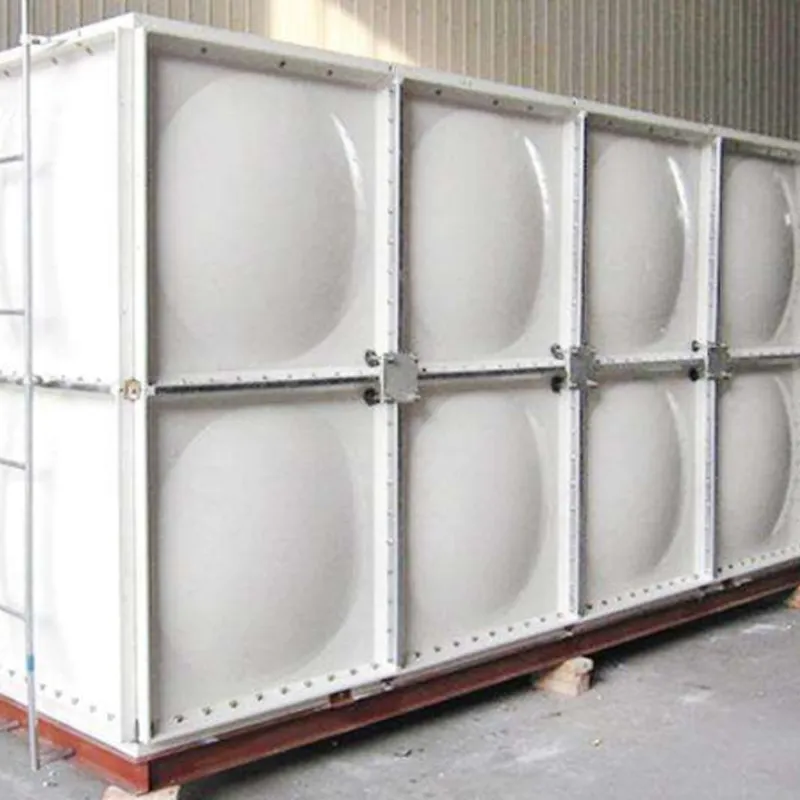
2. What is a FRP Sectional Water Tank?
A frp sectional water tank is a modular storage tank assembled from prefabricated fiberglass-reinforced plastic sections, featuring:
- Glass fiber-reinforced unsaturated polyester resin construction
- Panel thickness: 6~20mm depending on tank height/capacity
- Bolt & gasket structure with internal bracing/frame
- Optional external/PP-layer for pp frp tanks variants (food-grade water)
- Volume: from 0.5m³ to 5000m³+ (frp tank sizes variable per client need)
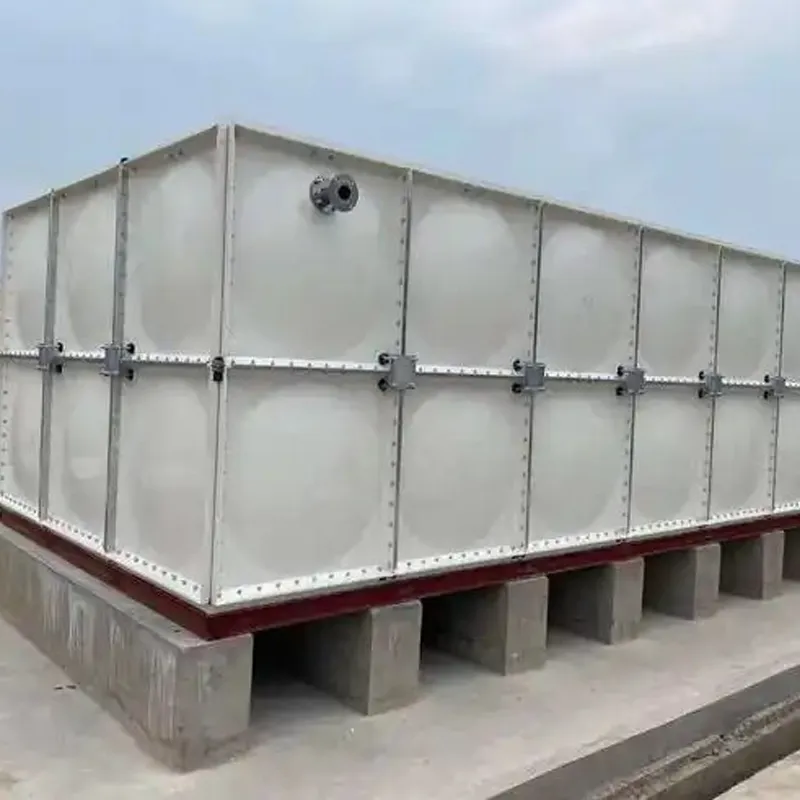
3. Detailed FRP Sectional Water Tank Manufacturing Process
Stepwise Craft Flow:
- Raw Material Inspection: Use of high-grade E-glass fiber & unsaturated polyester resin. Raw materials undergo ISO 9001:2015 and FDA CFR 177.2420 tests for safety and purity.
- Panel Molding: Panels are cast in steel molds (usually 1Mx1M or 1Mx0.5M) under 120°C-150°C with CNC-controlled curing time to guarantee uniformity and tensile strength >70 MPa.
- Edge Trim & Surface Treatment: CNC contouring trims provide 0.1mm accuracy; anti-UV and food-grade coatings (optional for drinking water application) applied.
- Panel Jointing & Assembly: On-site bolting with corrosion-resistant stainless steel fasteners, EPDM/NBR gasket insertion, and bracing installation.
- Leak Testing & Quality Control: 100% hydrostatic leak test per ANSI/AWWA D121 and visual inspection for delamination, surface cracks, and dimensional accuracy.
- Final Product Delivery: Labeling, accessories mounting, delivery with ISO 10498/CE certification, and detailed installation manual.
Sample process video: Watch on YouTube
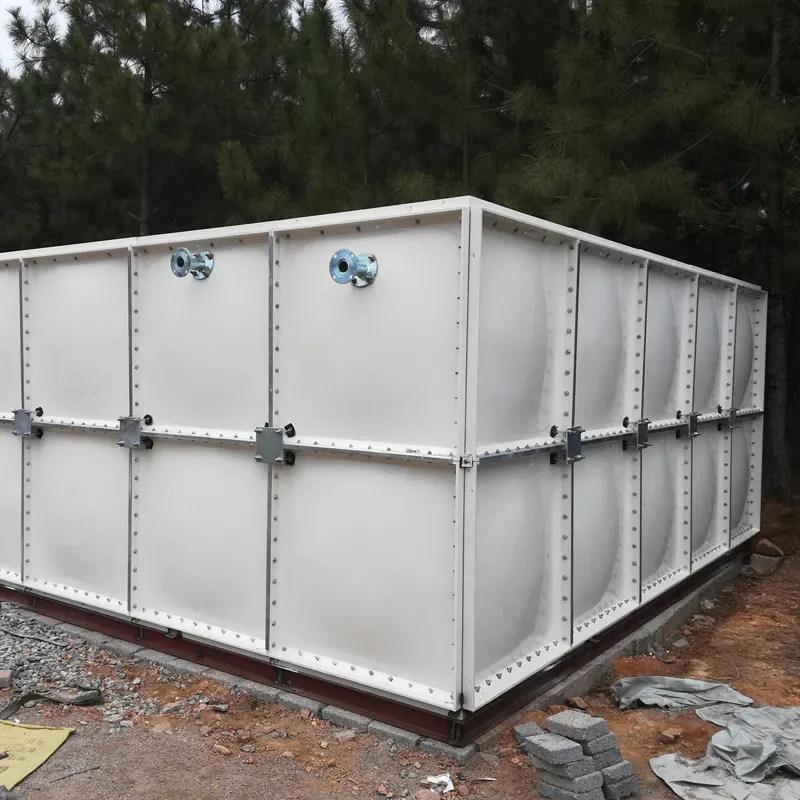
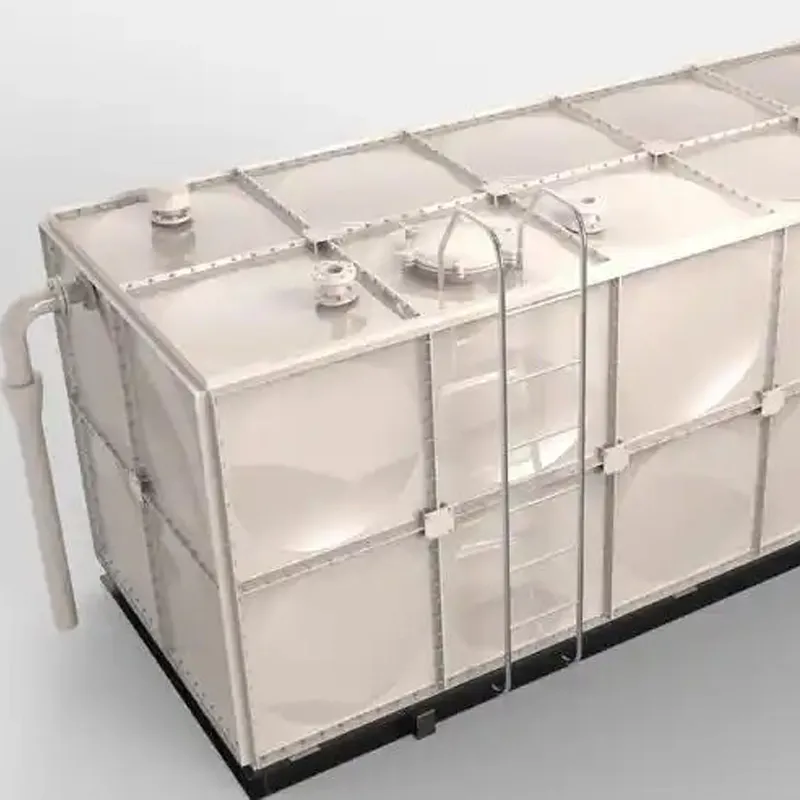
FRP Sectional Water Tank Typical Technical Parameters
| Parameter | FRP Sectional Water Tank | SS304 Steel Tank | Concrete Tank | PP FRP Tanks |
|---|---|---|---|---|
| Service Life | 25+ years | 20 years | 20 years | 30+ years |
| Anti-Corrosion | Excellent | Good (pitting risk) | Poor | Excellent |
| Tank Volume Range | 0.5–5000m³ | 0.5–3000m³ | <5000m³ | 0.5–1000m³ |
| Maintenance Cycle | 5 years | 3 years | 1.5 years | 8 years |
| Unit Weight (kg/m³) | 17-23 | 70-80 | 300+ | 22-28 |
| Price Trend (USD/m³) | 110-160 | 210-350 | 160-300 | 120-170 |
| Modularity | Easy Modular | Partial | Low | Easy Modular |
| Hygienic Cert. | ISO, FDA | ISO, FDA | None | ISO, FDA |
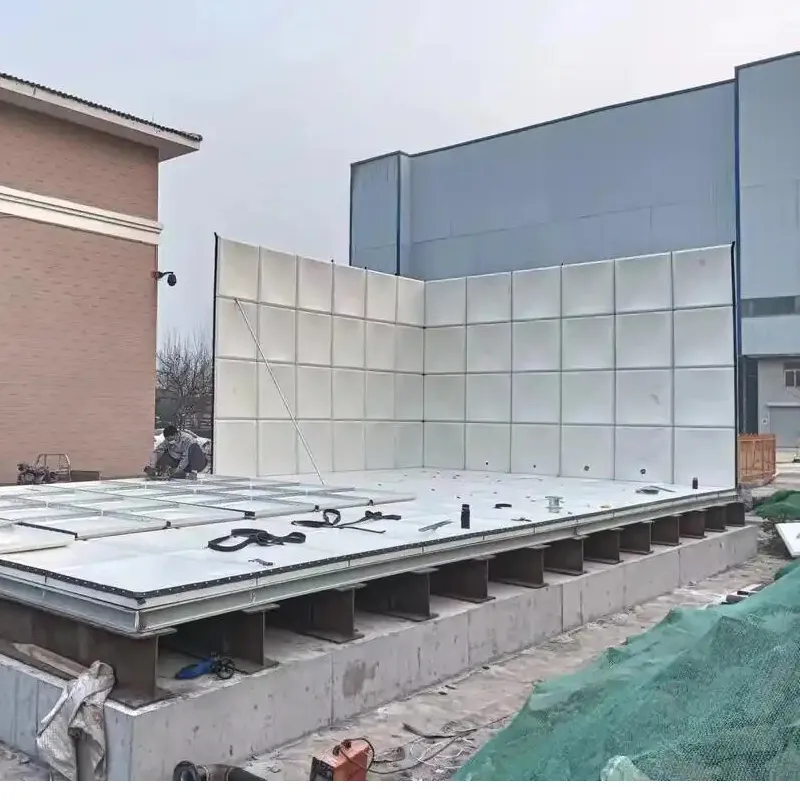
- FRP Sectional Water Tank
- Stainless Steel Tank
- PP FRP Tank
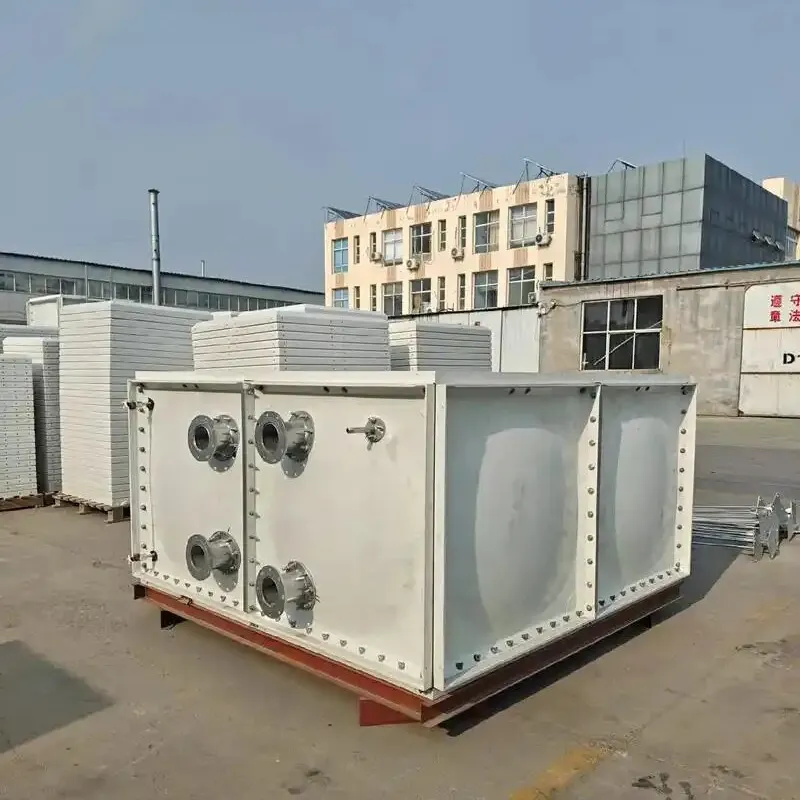
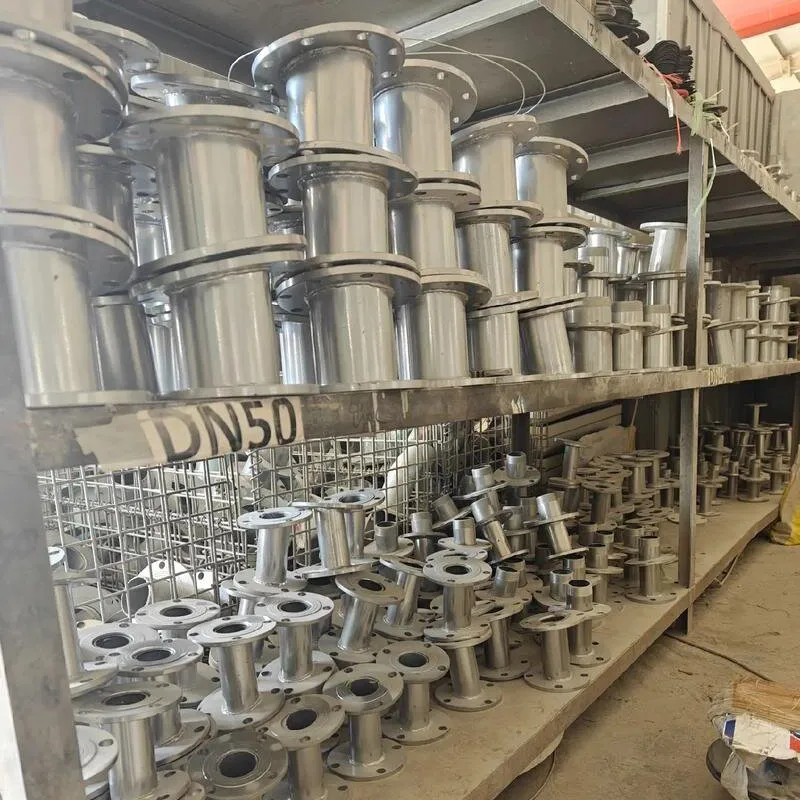
4. Why Choose FRP Over Other Water Tank Materials?
frp sectional water tank products dominate modern liquid storage because:
- Corrosion Resistance: Unlike stainless steel, FRP is inert to chlorine, salt, acidic vapors, and can withstand most industrial process fluids (pH 1~12), validated by over 20,000+ industry projects.
- Hygiene & Safety: Food-grade resins, with optional PP inner lining or pp frp tanks customization, meet FDA/WHO water storage standards.
- Installation Flexibility: Modular assembly structure allows rapid construction in tight, irregular, or rooftop spaces, slashing site labor time by up to 60% compared to concrete.
- Cost Efficiency: Lower weight, simplified transport, and 30% reduced installation costs on average compared to metal tanks.
- Low Maintenance: Autonomously passivated surfaces negate routine painting or internal re-coating typical for steel tanks. Maintenance cycle stretched to 5-8 years.
- Regulatory Compliance: Leading frp water tank manufacturers ensure international certification: ISO 9001:2015, ISO 10498:2018 (potable water), ANSI/NSF61.
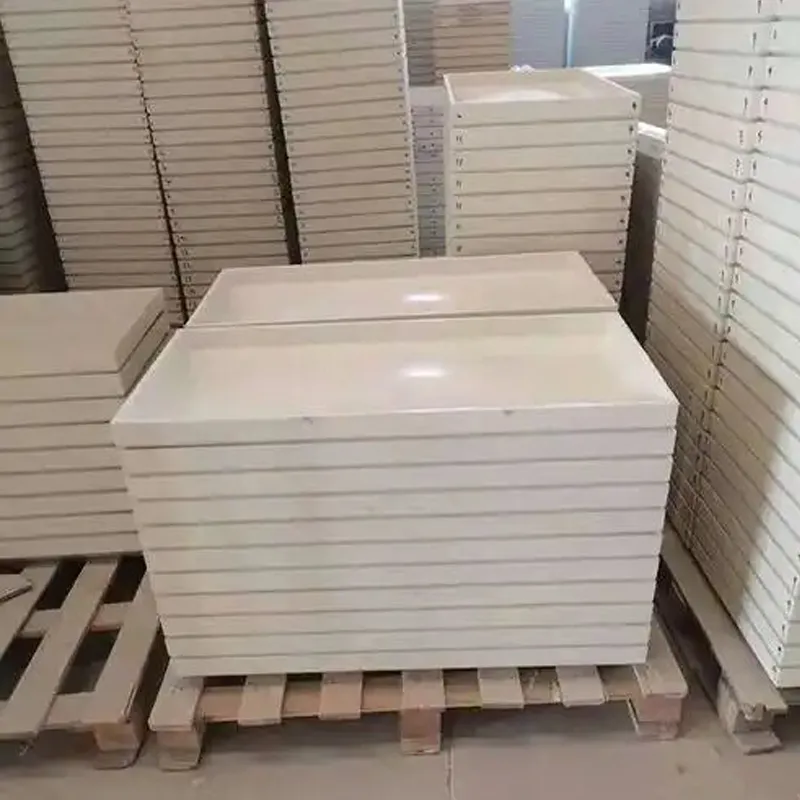
5. FRP Water Tank Sizes & Customization
As required by projects, frp tank sizes are tailored via sectional assembly:
| Standard Panel Size | Panel Thickness | Assembly Range | Application |
|---|---|---|---|
| 1m x 1m | 6-20mm | Up to 5000m³ | Municipal/Industrial |
| 1m x 0.5m | 6-12mm | 0.5~250m³ | Residential, Commercial |
| 0.5m x 0.5m | 6-8mm | 0.1~12m³ | Emergency, Mobile Units |
| Custom | 6-20mm | To client spec. | Special industry |
Unique applications — such as ultra-high-purity water, desalination brine, fire water reserve and mining slurries — are regularly addressed with “bespoke” solutions involving dual-liner, anti-static, or additional insulation panels.
Customization Workflow:
- Requirement Collection: Specify volume, dimensions, application, climate zones, and water quality.
- Preliminary Design: CAD + FEA simulation on mechanical stability.
- Resin/Material Selection: Adjust fiber:resin ratio, optional PP/PE lining.
- Panel Thickness & Grade Selection (see parameter table above).
- Site Survey & Logistics Optimized Design.
- Engineer-Approved Drawings Shared for Final Confirmation.
- Mobility or fixed platform options as per installation needs.
6. Typical Applications & Success Cases
- Potable Water/Municipal Supplies: ISO 10498-certified units for city residential and rural water systems worldwide.
- Petrochemicals & Refineries: FRP tanks handle aggressive process fluids, clarified water, brine, and process cooling circuits.
- Mining/Metallurgy: Robust modular tanks for slurry, upgrade to acid/alkali handling by thickened panel resin.
- Fire Water Storage: High-reliability reserve tanks for hospital/commercial fire protection systems.
- Food & Beverage: PP FRP hybrid tanks for beverage, dairy, and breweries under FDA/NSF-61 standards.
- Rainwater Harvesting & Emergency Storage: Modular, relocatable tanks for climate-resilient infrastructure.
Petroleum Refinery, Southeast Asia (2023) — Longxuan supplied a 750m³ frp sectional water tank using ASTM D4067-certified E-glass and food-grade resin. Maintenance data after 16 months indicated 0% corrosion, stable water quality, and zero leakage. Estimated 30% operational savings over steel tanks.
Case Study 2:
Urban Water Utility, Europe (2022) — Modular installed 250m³ potable water FRP tank certified by ISO 10498:2018. Assembly completed in 4 days (32% faster vs. steel), with continuous 24/7 monitored leak resistance by automated sensors.
Client Feedback: “LongxuanFRP’s support and technical insight ensured seamless fit with our space limitations and stringent drinking water standards.” –Plant Operations Head
7. Comparing Leading FRP Water Tank Manufacturers
| Company | Certifications | Main Product Lines | Delivery Area | Warranty |
|---|---|---|---|---|
| LongxuanFRP | ISO 9001, ISO 10498, FDA | Sectional FRP, PP FRP Tanks | Global | 10 years |
| HanWha Group | ISO 9001, ASTM | FRP & SMC Modular | Asia, Europe | 8 years |
| Aquatech | ISO 9001, NSF | GRP, Sectional Tanks | Americas, EU | 5-7 years |
| Haoyun FRP | ISO 9001, SGS | Custom FRP/SMC | Asia, Africa | 6 years |
8. Delivery Cycle, Warranty & Customer Support
- Delivery Cycle: 50m³–300m³ standard models: 7~12 days. Custom large tanks: 14~25 days after order confirmation and technical drawing approval.
- Warranty: 10-year leakage warranty; 15-year structural warranty (materials/manufacturing defects).
- Onsite Support: Installation supervision, third-party testing (as per ISO/ANSI), and operational training available worldwide.
- Documentation & Manuals: Each delivery includes certification, installation drawings, and an after-sales helpline.
- QA Traceability: All panels individually coded for lifecycle tracking and quick warranty claims.
9. FAQ: Technical Glossary on FRP Sectional Water Tank
- Q1: What is the main advantage of using FRP (Fiberglass Reinforced Plastic) in tanks?
- FRP’s primary advantage is unmatched corrosion resistance due to the inert properties of the resin-glass matrix, making frp sectional water tank solutions ideal for aggressive chemical, hard water, and marine applications.
- Q2: How are frp tank sizes determined for my project?
- Sizes are modular — determined by combining 1x1m, 1x0.5m, or 0.5x0.5m panels to match exact site requirements. Inlet/outlet positions, corrosion allowance, and seismic zone are factored into the design.
- Q3: What certifications are available to guarantee water safety?
- International ISO 10498:2018 for drinking water storage and FDA CFR 177.2420 for food contact safety are provided by reputable frp water tank manufacturers.
- Q4: What materials are typically used in pp frp tanks?
- PP FRP tanks combine a polypropylene (PP) inner liner (food-grade, highly chemical-resistant) with an external FRP shell, ensuring double protection for potable water or high-corrosivity fluids.
- Q5: Describe the testing procedure before delivery?
- Each frp sectional water tank undergoes hydrostatic pressure testing (1.5x rated load), visual & ultrasonic inspection, and dimensional checks per ANSI/AWWA D121.
- Q6: How is the installation performed?
- Panels are bolted onsite with pre-set gaskets, frame, and support struts added. All installation must follow certified drawings and generally requires 20-30% less time than steel/concrete tanks.
- Q7: What’s the expected frp water tank price range and what influences it?
- Prices generally range from $110–$160/m³ but depend on frp tank sizes, resin type (food-grade/chemical-grade), thickness, panel quantity, internal lining needs, auxiliary features (manholes, ladders), and transportation costs.
10. References & Industry Authority Citations





Address
20 Xingyuan South Street, Zaoqiang County, Hengshui City, Hebei Province, China









